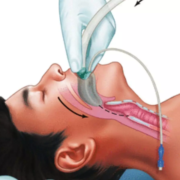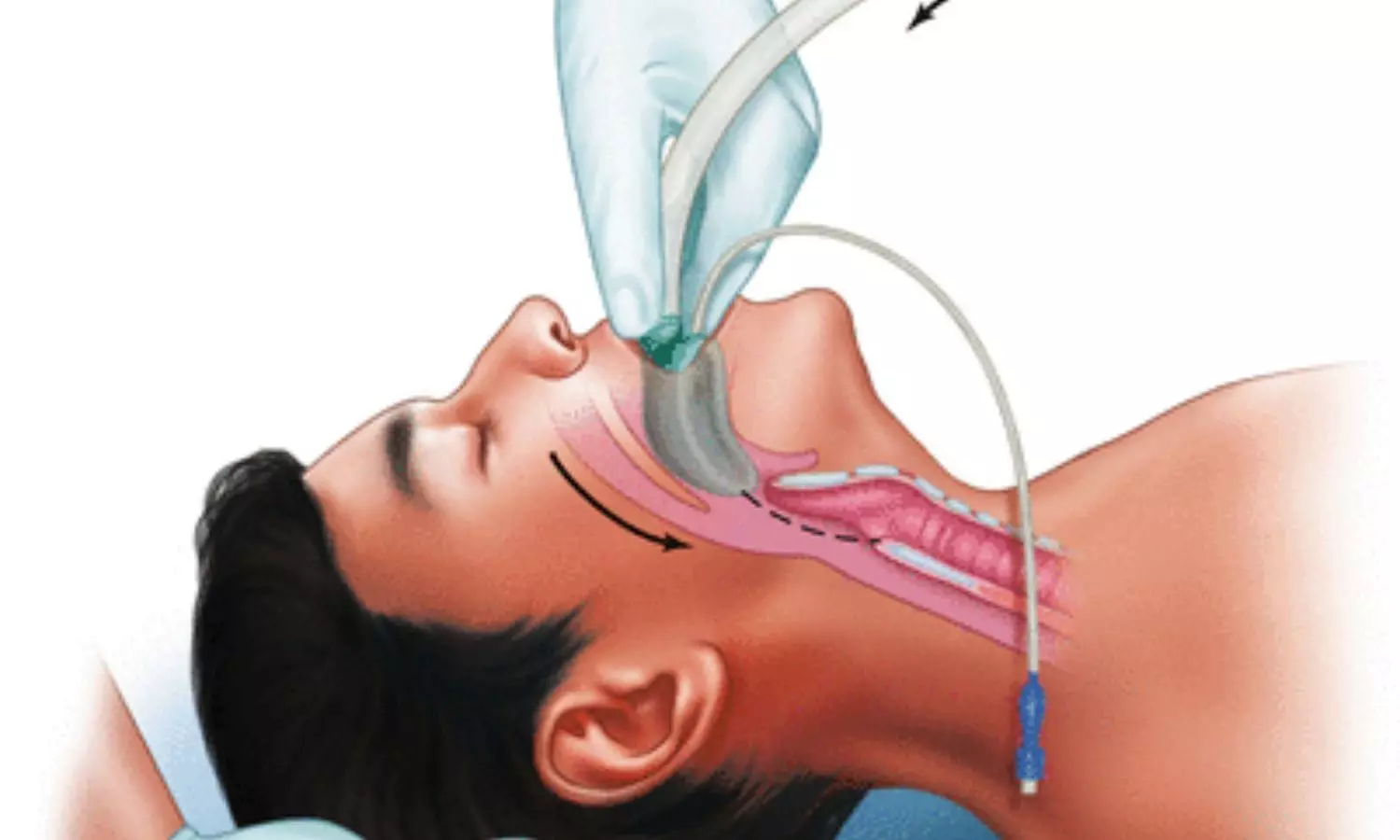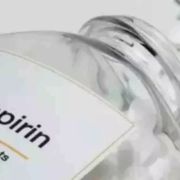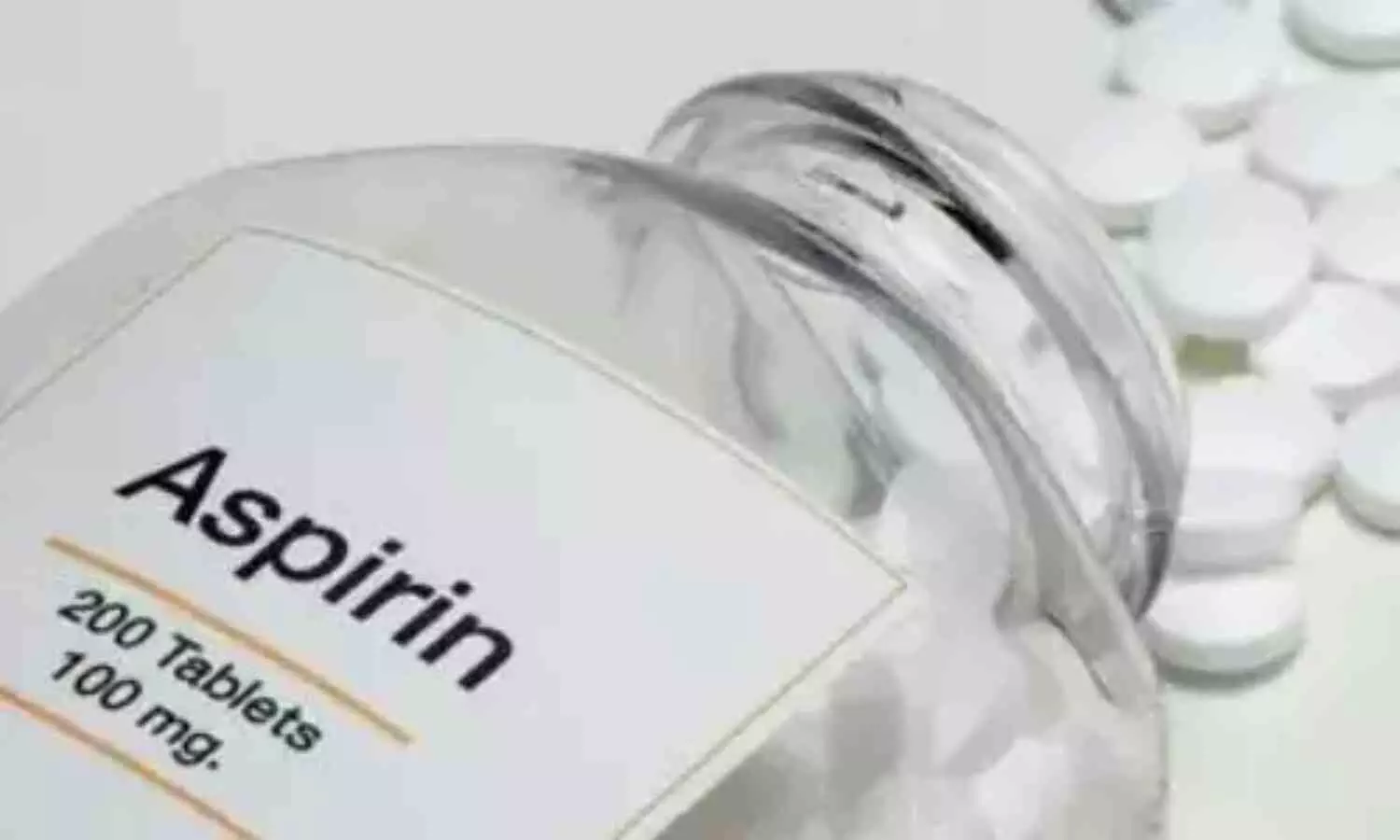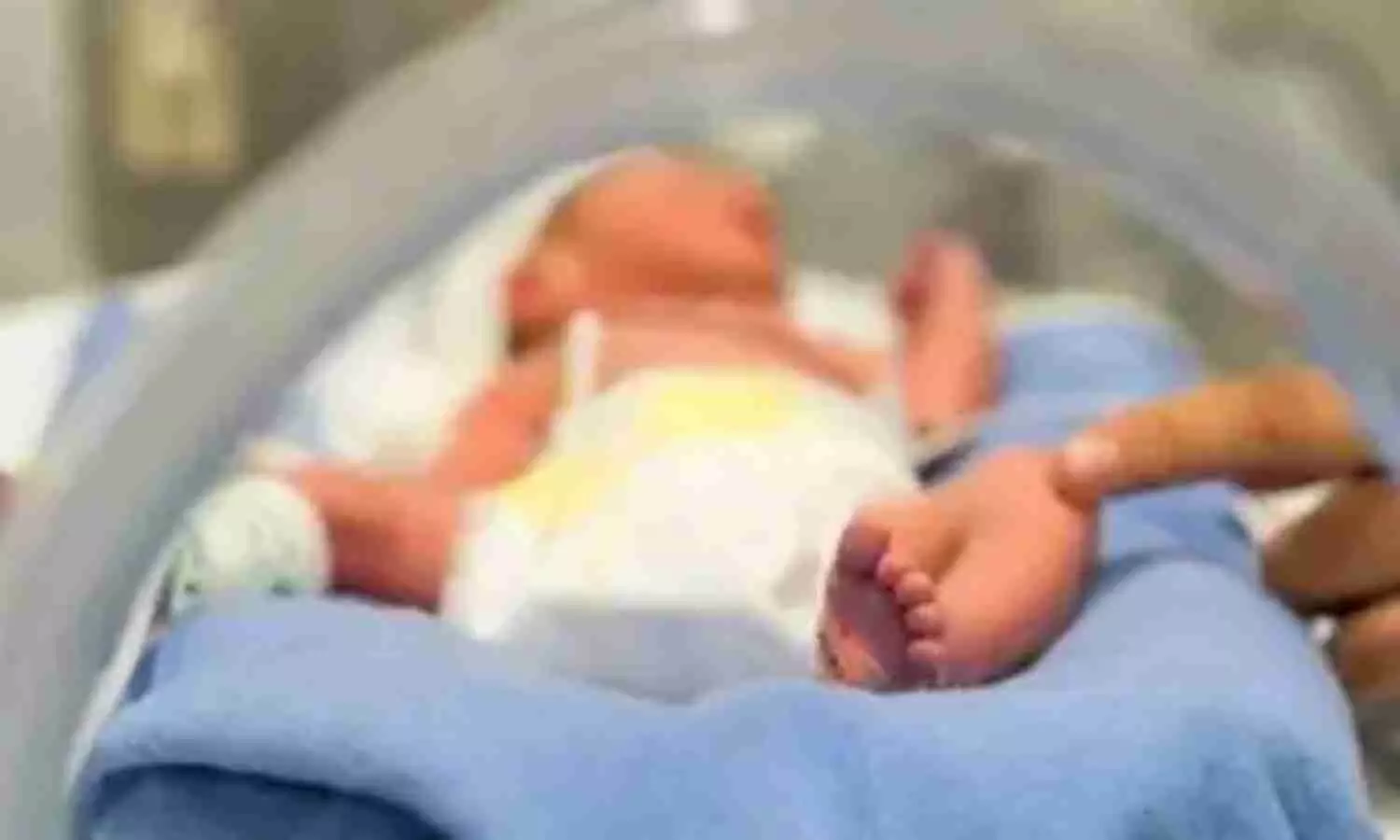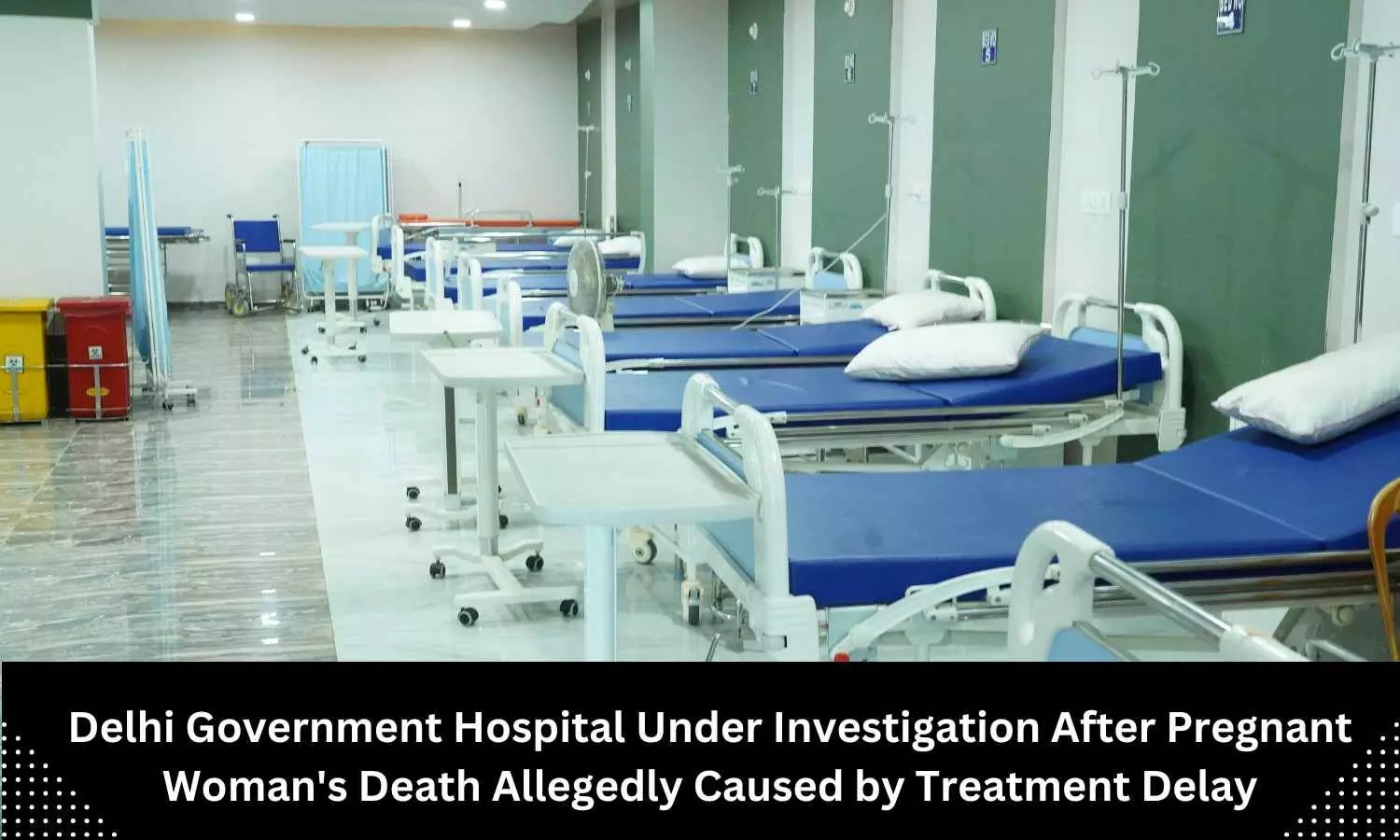Which antidepressants are less likely to effect weight gain?

New evidence comparing weight gain under eight different first-line antidepressants finds that bupropion users are 15-20% less likely to gain a clinically significant amount of weight than users of sertraline, the most common medication.
The findings are published in Annals of Internal Medicine.
Antidepressants are among the most commonly prescribed medications in the U.S., with 14% of U.S. adults reporting using an antidepressant. Weight gain is a common side effect, which could affect patients’ long-term metabolic health and cause some to stop taking their prescribed treatment, leading to poor clinical outcomes. Although antidepressants overall are associated with weight gain, specific antidepressant medications may affect weight differently.
The new findings, led by investigators from the Harvard Pilgrim Health Care Institute reveal which common antidepressants are associated with the most and least weight gain following medication initiation.
“Patients and their clinicians often have several options when starting an antidepressant for the first time. This study provides important real-world evidence regarding the amount of weight gain that should be expected after starting some of the most common antidepressants,” said lead author Joshua Petimar, Harvard Medical School assistant professor of population medicine at the Harvard Pilgrim Health Care Institute. “Clinicians and patients can use this information, among other factors, to help decide on the right choice for them.”
Researchers used electronic health record prescription data from eight health systems in the U.S. participating in PCORnet, the National Patient-Centered Clinical Research Network, to conduct the study using data from 183,118 adults ages 18-80 years who were new users of antidepressants. While randomized control trials are considered the most rigorous method for comparing the effects of different medications, they are prohibitively costly and time consuming. In this case, the study team emulated a randomized trial by designing their ideal, hypothetical trial and aligning the data to match that trial as closely as possible.
Study investigators compared weight at 6, 12, and 24 months after initiation of eight common antidepressants: sertraline, citalopram, escitalopram, fluoxetine, paroxetine, bupropion, duloxetine, and venlafaxine.
Results showed that bupropion users gained the least amount of weight compared to users of other antidepressants. Bupropion users were approximately 15-20% less likely to gain a clinically significant amount of weight than those taking the most common medication, sertraline. The researchers considered weight gain of 5% or more as clinically significant. Results also showed a large percentage of patients were taking a medication that led to greater weight gain than alternatives that are commonly available in the same class or subclass. For example, sertraline, escitalopram, and paroxetine are all selective serotonin reuptake inhibitors (SSRI), the most common type of antidepressant, but escitalopram and paroxetine were each associated with an approximate 15% higher risk of gaining a clinically significant amount of weight than sertraline in the first 6 months.
“Although there are several reasons why patients and their clinicians might choose one antidepressant over another, weight gain is an important side effect that often leads to patients stopping their medication,” said senior author Jason Block, a general internal medicine physician and Harvard Medical School associate professor of population medicine at the Harvard Pilgrim Health Care Institute. “Our study found that some antidepressants, like bupropion, are associated with less weight gain than others. Patients and their clinicians could consider weight gain as one reason for choosing a medication that best fits their needs.”
Reference:
Joshua Petimar, Jessica G. Young, Han Yu, Sheryl L. Rifas-Shiman, Matthew F. Daley,William J. Heerman, David M. Janicke, Medication-Induced Weight Change Across Common Antidepressant Treatments: A Target Trial Emulation Study, Annals of Internal Medicine, https://doi.org/10.7326/M23-2742
Powered by WPeMatico


